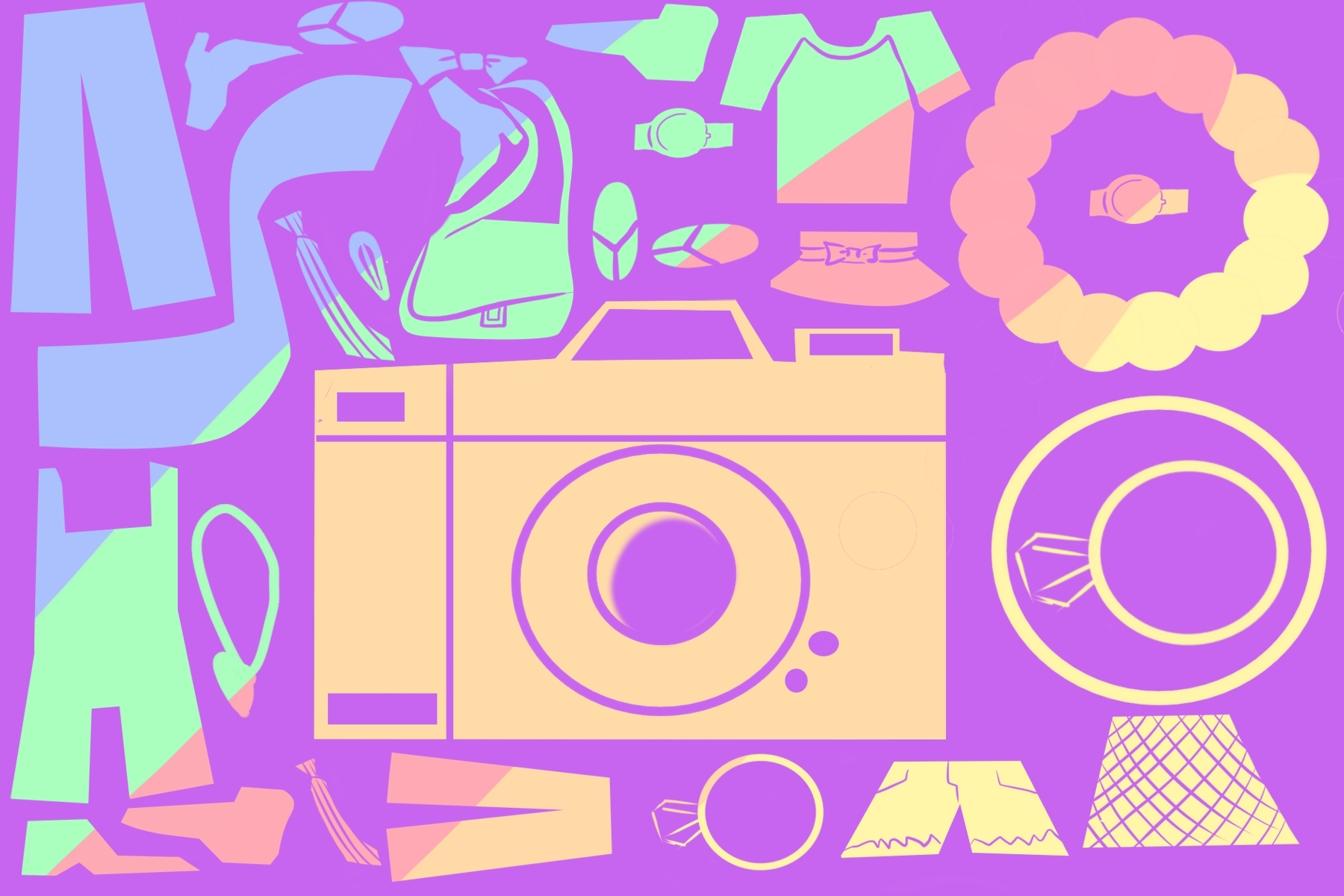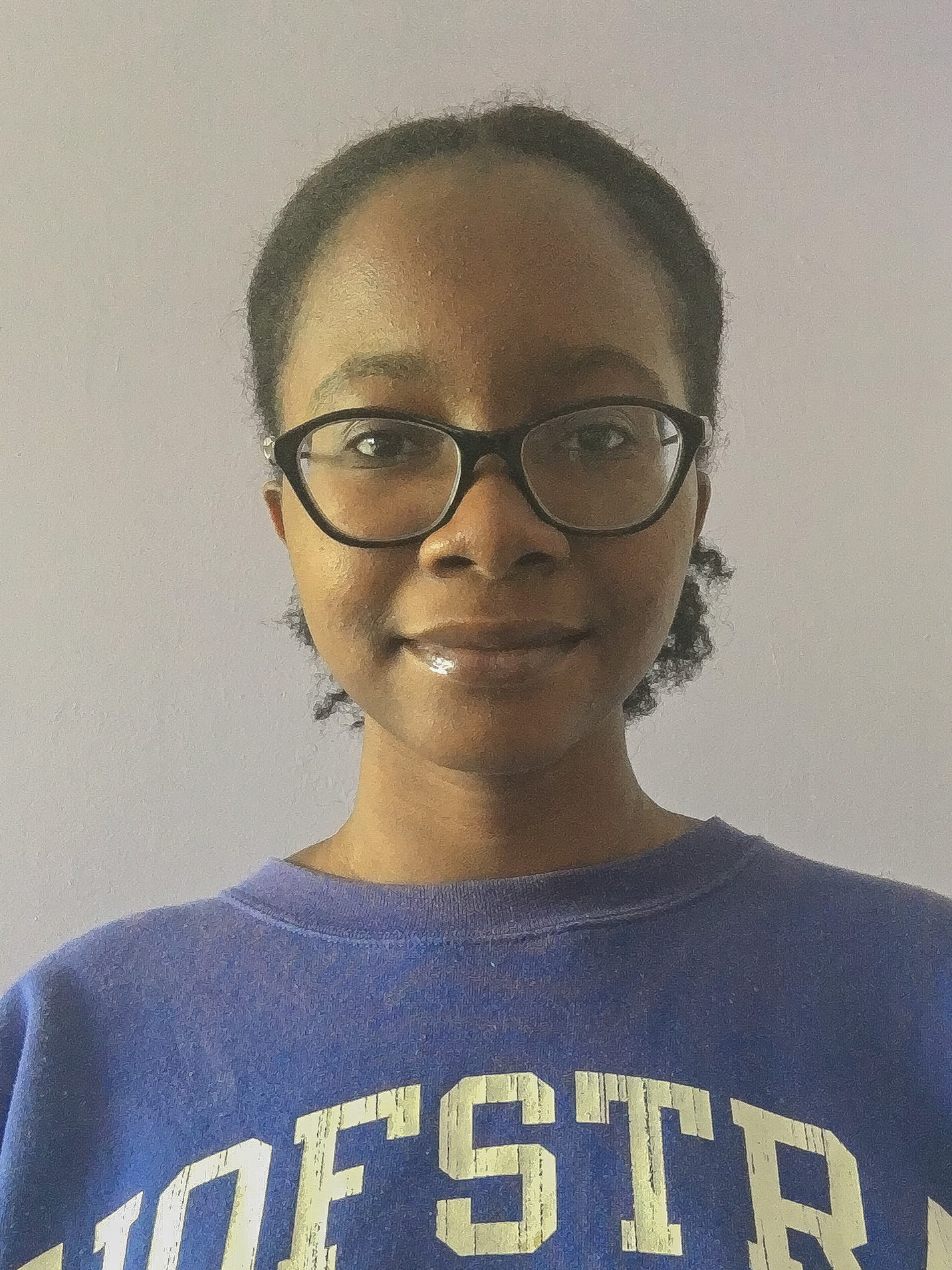The world of fashion photography is both mesmerizing and perplexing. Magazine spreads, cover features, editorials and the collaboration between stylists and models all enchanted me when I first discovered photography.
My parents bought me a Canon camera for my 16th birthday. At the time, the gift was a welcome upgrade from my iPhone lens. I have cherished it ever since. Photography was just another tool I could use to manifest new worlds. I’d take photographs that sparked my imagination and create stories from them.
It wasn’t until I was 18 years old that I decided to pursue photography professionally. The two short years I had spent with my camera fostered a deep love in me for the visual arts.
Fashion photography immediately captured my interest. I was eager and delved into what exactly it took to “make it” in the industry. However, that excitement soon morphed into confusion and fear as I continued to research.
The photographers I looked up to all had taken different paths. Some were self-taught go-getters while others were prodigies in art school and had jobs lining up for them after graduation. Then, there were those once-in-a-lifetime wonders who were discovered on Instagram.
My research presented me with an ocean of advice columns, lists and agents; it all overwhelmed me completely.
Furthermore, the industry breathed a potent air of exclusivity. I wondered if I could even have a place in it. My passion remained, but I had no idea where to start. To alleviate my confusion, I made my own highlight list.
This is a compilation of all my research. If fashion photography is something that interests you as it does me, hopefully, these tips could help you as well
1. Study Fashion
If fashion photography is your passion, invest some time into studying the industry. Spending time looking at fashion editorials will be immensely helpful for you when you are contacting agents and magazines in the future.
Read fashion magazines and learn who could help you in the fashion industry. Learn who the editors of these magazines are and what type of photos you typically see in editorials. Not only will this help you see what it takes to stand out, but you can know who to contact for work. When you begin networking, introducing yourself with prior knowledge of the industry will heighten your chances of finding agents and jobs.
2. Develop Your Own Style
This comes with time. The more you dedicate yourself to practicing with your camera, the better photographer you will become. If you are just starting out, don’t stress yourself with getting everything right or creating some impeccable portfolio. Use that time to cultivate your own style. Ask some friends or family members if you can take photos of them.
Photographing your friends will, first, teach you how to direct. You won’t have to worry about being nervous or unsure when you’re photographing your friends. Chances are that these are the people who will support your artistic journey the most. You can encourage each other as you create photographs. Feel free to run your ideas by them. Show them how you want them to pose, what expression they should have or what you want the atmosphere to be. This is a crucial time in the development of your craft. Value it.
Tip: Bring visual references when you are going on a shoot. Save a few images on your phone that you want to emulate and show them to your friends. If speaking during shoots seems intimidating at first, try translating your ideas physically. Show your friend how you want them to pose and go from there.
3. Assist on Shoots and Networking
At some point in your career, you are going to end up on sets. The best way to gain exposure in these settings is by assisting established photographers. In this position, you will not be the head photographer of the shoot, but you will be gaining something of equal value: experience.
As an assistant, you can make contacts with other rising makeup artists and stylists who may be your colleagues in the future. Make friends with the people you meet while assisting; connect with them on social media. Always be sure to introduce yourself to everyone you meet on set. While you are assisting, you are already one foot inside the fashion industry. However, it is not an easy job.
Assistants must also be prepared to help the photographer to the best of their abilities. You must be knowledgeable of the studio lighting, the gear the photographer will be using, the clients and the schedule for the day. It is a tough job, but its rewards are worth the labor.
4. Learn How to Edit and Retouch
As you develop your own unique style with your images, you must also learn how to retouch them. Admittedly, this will also take some time to learn. The two most popular software programs for editing and retouching is Adobe Lightroom and Adobe Photoshop. (Note: If you choose to purchase either of these, Adobe offers a discount for all of its student users.)
Adobe Photoshop offers more variety and control when it comes to editing your images; however, it can be complicated to navigate. That shouldn’t dissuade you from learning how to use it, but there is a lot to learn with Photoshop.
When you are starting out with editing software, learning Lightroom first could be better. It does not offer as much variety as Photoshop, but it is just as efficient. You can color grade and use several healing tools when working on your images. Once you understand Lightroom, learning Photoshop will be much easier.
If you cannot afford a subscription, there are still free options available. There is a free version of Lightroom available as a mobile app as well.
5. Never Stop Shooting and Learning
I realize every source of fashion photography advice in the universe says this, but that is only because of how true it is. You will only get better as long as you keep on shooting. Take photos of anything and everything. And if there is no one to take photos of, take self-portraits.
Self-portraits will allow you the space to experiment. There will be no one else but you and your ideas. This time will teach you more about your camera and posing, too. Try out different settings and experiment with different modes. I suggest learning how to use manual mode first. This mode allows you much more control over your camera. You can adjust your aperture, shutter speed and ISO to whatever fits the room you’re in. One of the best things about self-portraits is that the potential is only limited by your imagination. You do not need any fancy, expensive software or equipment. Take some of your clothes and see what outfits you can create. Learn how to do makeup and experiment with different colors.
Also, as you begin your visual journey, keep this in mind: You will never stop learning, no matter how successful you may become. What will be integral to that success is the willingness to keep an open mind. There is always something new to discover when it comes to photography.
Fashion photography is a large industry filled with many talented people. I realize how intimidating it seems at first, but if this is what you truly love, do not give up. Know your talent and keep on working on making it even better. Take a chance and believe in yourself and you can succeed in this industry.

















